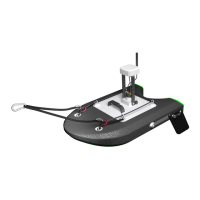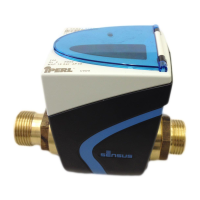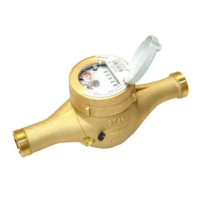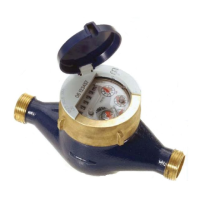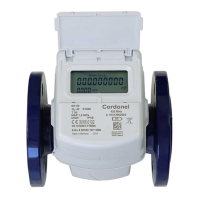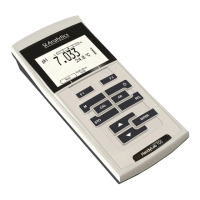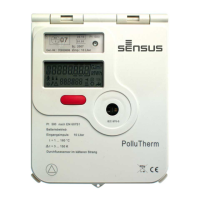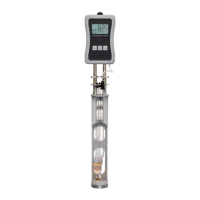SonTek, a Xylem brand
126 RiverSurveyor S5/M9 System Manual (February 2013)
however it may take longer to establish a mean profile (i.e. the averaging interval may
need to be increased).
• The cross-section should have gradual changes in depth.
• Flow along the riverbanks should be low or close to zero.
G-6. M9/S5 Mounting and Instrument Orientation
Mounting: The mount to which the M9/S5 will be attached should meet the following criteria as
closely as possible. Please remember that while the transducer depth should be as shallow as
possible, the transducers must be completely submerged at all times during data collection. The
key to good Stationary-Measurement data collection is that the transducers remain in a position
that is relatively constant in location to the riverbank.
• Rigid and level when the transducer is in the water to minimize vibration.
• For some applications it is advantageous that the mount be easily retractable when the
vessel is moving from one station to the next.
• As with a moving vessel measurement; on small to mid-sized boats (10’ – 25’) - the
mount can extend over the bow; on larger boats, it is preferable to mount the ADP on ei-
ther the port or starboard side near mid-ship.
• Transducer depth should be adjustable.
• Constructed of non-ferrous material (ideally aluminum).
• Make sure the M9/S5 is at least a few meters away from the engine or any other ferro-
magnetic objects mounted to the boat to ensure proper operation of the compass (if
used in ENU orientation).
• The vessel maintains as much as possible a constant and steady position and orienta-
tion to the riverbank. Note: Bottom-tracking velocity reference is preferred if there is sig-
nificant motion of the vessel during data collection.
Instrument Orientation: This is important when making measurements with using the XYZ orien-
tation (i.e. similar to the FlowTracker reference) and/or when using the internal compass (ENU)
to determine the tagline azimuth. In the first case, the x-velocity measured by the system is
used to compute discharge for that particular station. This will require that the systems x-axis is
pointed facing downstream as shown in
Figure 109 below. In this orientation, the connector lo-
cated on the M9/S5 housing will be facing directly downstream. In addition, the M9/S5 should
not be allowed to rotate during data collection (similar to using a FlowTracker).
Figure 109. Instrument Orientation
In most cases, the ENU orientation will be preferred during data collection. The primary reason
is that when using the ENU orientation the system will always measure the true velocity and the
normal velocity regardless of its angle to the tagline. This ability is helpful in many river condi-

